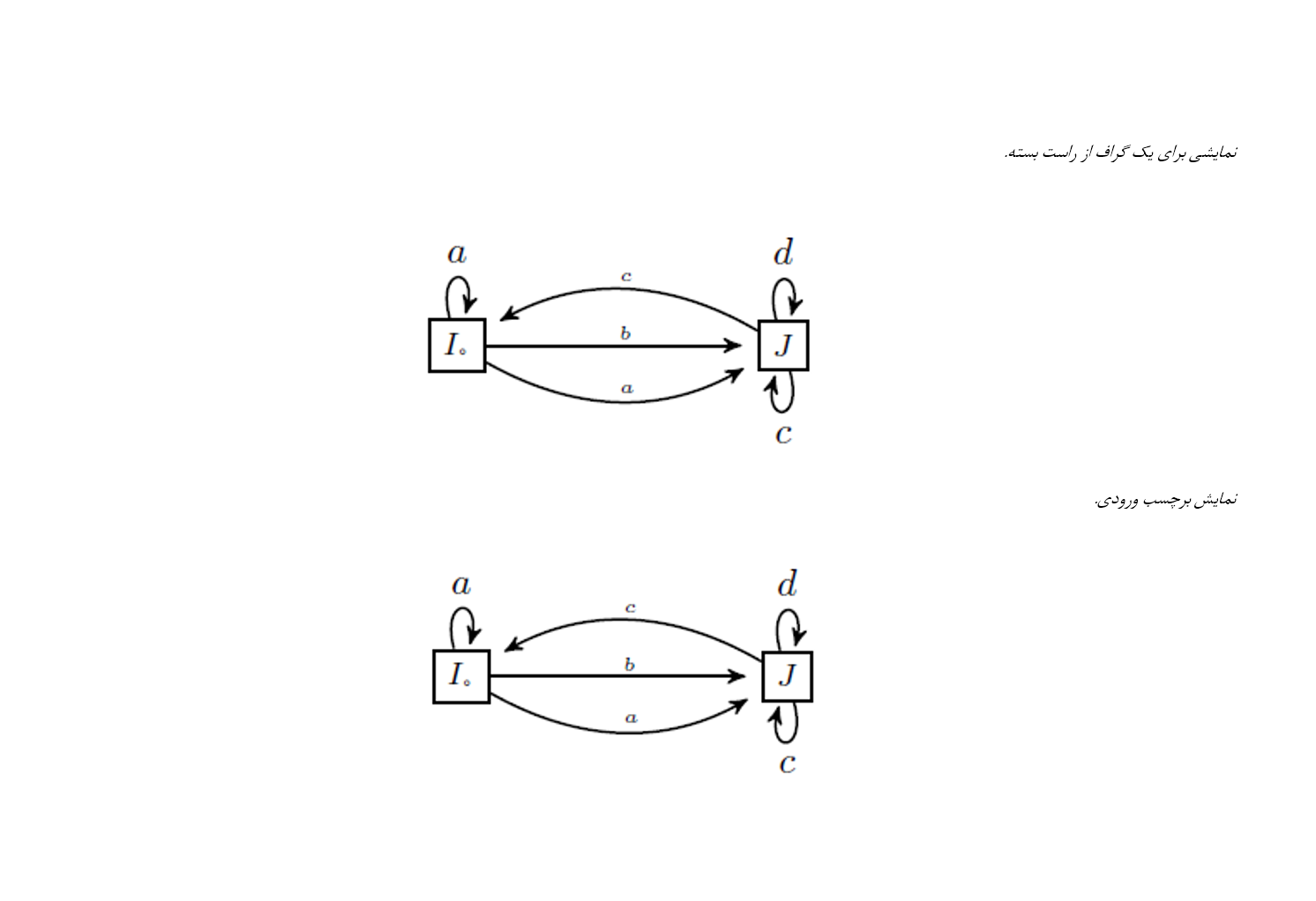On Graph-Based Cryptography in Dynamical Systems
Keywords:
Shift space, Cryptography, Encoding, Decoding, Entropy, GraphAbstract
For the purpose of data storage and transmission, constrained sets are required. Thus, to convert sequences from a full shift space to a sofic shift, certain constraints must be applied. One method to address this issue is the use of finite-type codes. An (X, n)-finite-type code can be used to transform sequences from a full n-shift into sequences from the shift space X. If X is a sofic space with entropy at least equal to the logarithm of n, then an (X, n)-finite-type code exists.
References
[1] P. Amudha and A.C. Charles Sagayaraj and A.C.Shantha Sheela, An Application of Graph Theory in Cryptography, Volume 119 No. 132018,375-383, International Journal of Pure and Applied Mathematics.
[2] W. Etaiwi, Encryption Algorithm Using Graph Theory, January 2014, Journal of Scientific Research and Reports, 3(19):2519-2527.
[3] D. Fiebig and U. Fiebig, Covers for coded systems, Contemporary Mathematics, 135, 1992, 139-179.
[4] D. Lind and B. Marcus, An introduction to symbolic dynamics and coding, Cambridge Univ. Press. 2005.
[5] K. Thomsen, On the ergodic theory of synchronized systems, Ergod. Th. Dynam. Sys. 356(2016)1235-1256.
[6] K. Thomsen, On the structure of a sofic shift space, American Mathematical Society, 356, Number 9(2014),

Downloads
Published
Submitted
Revised
Accepted
Issue
Section
License
Copyright (c) 2025 The Decision Science and Intelligent Systems

This work is licensed under a Creative Commons Attribution-NonCommercial 4.0 International License.






